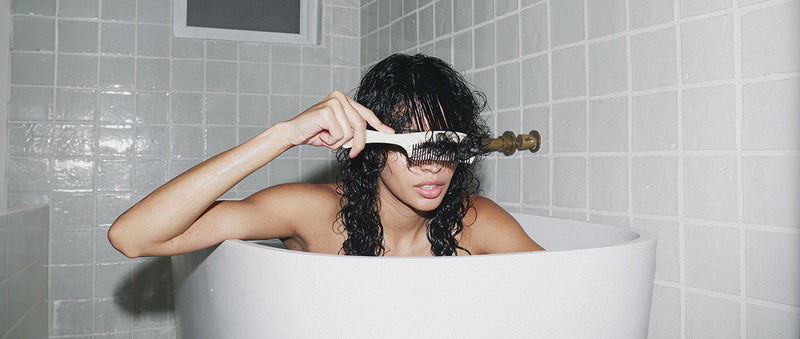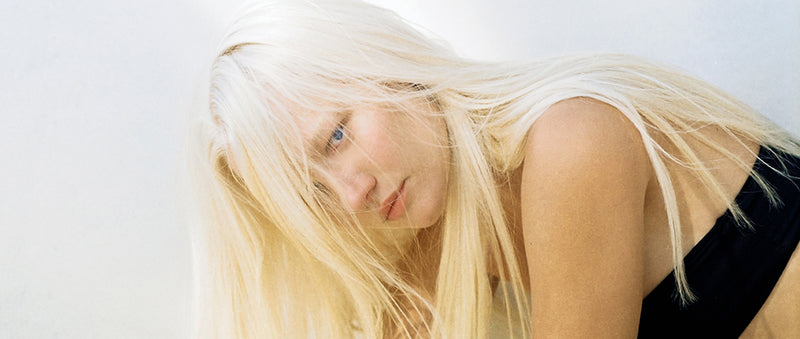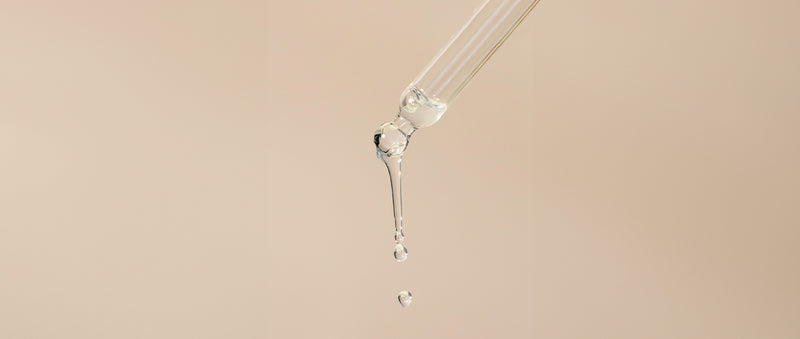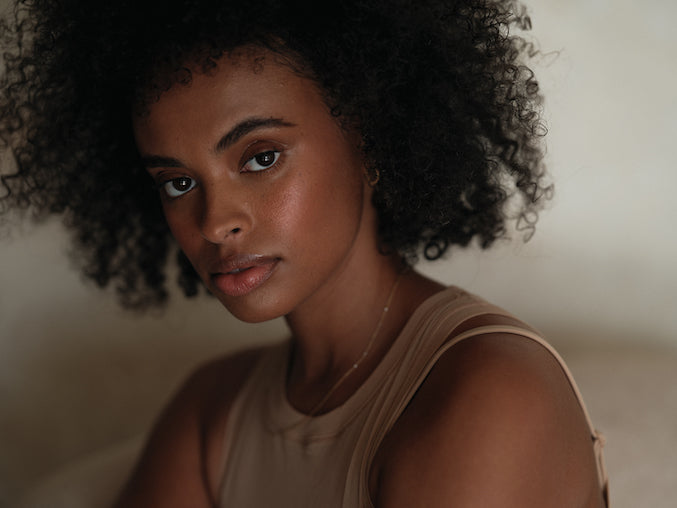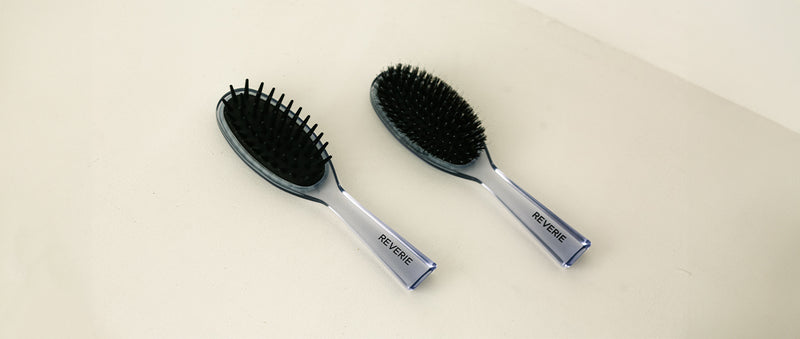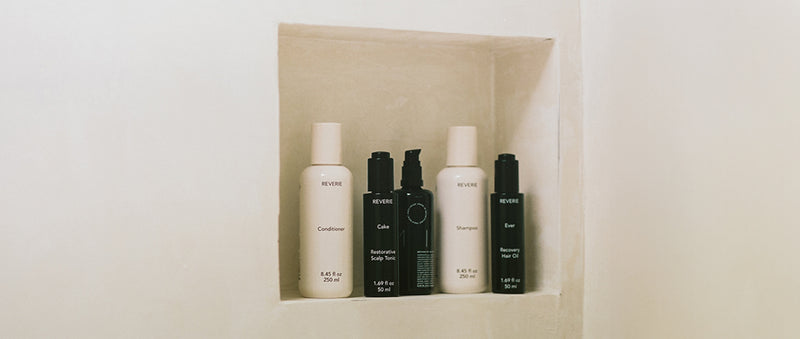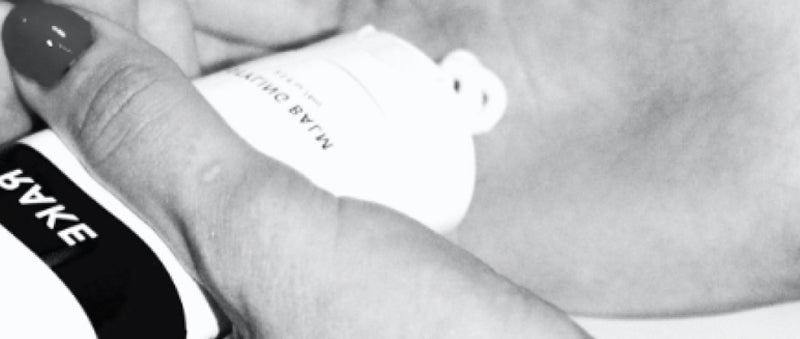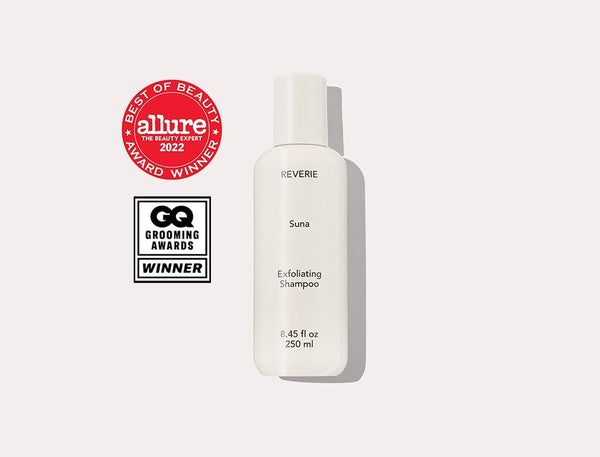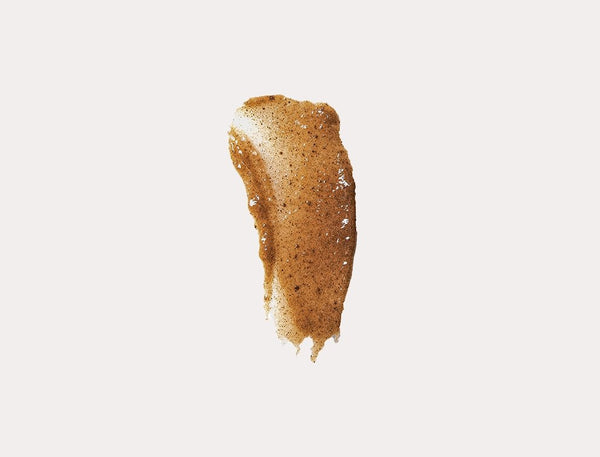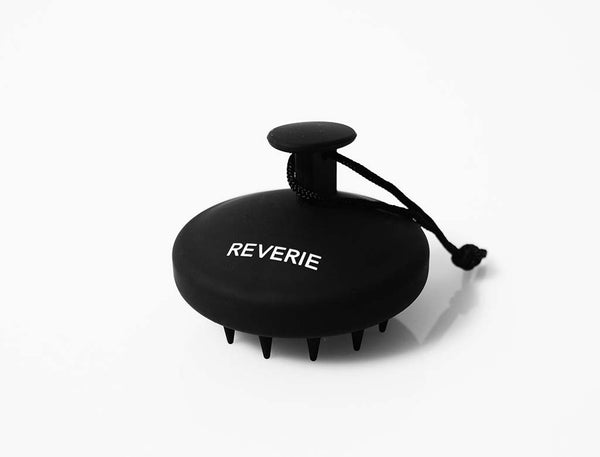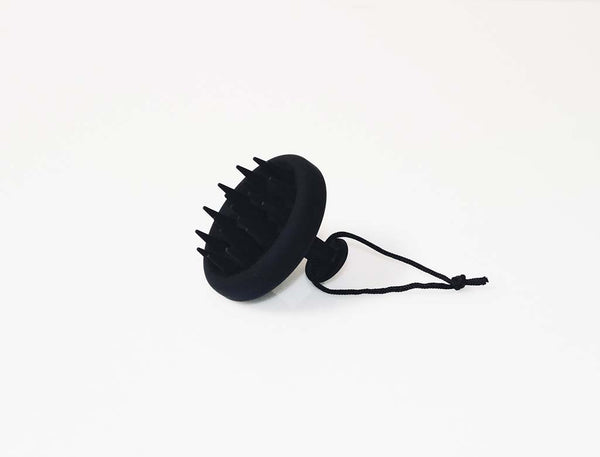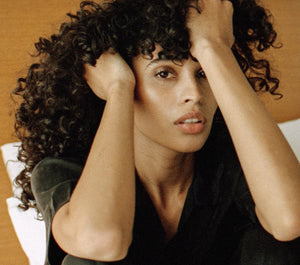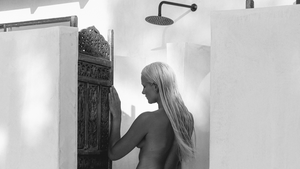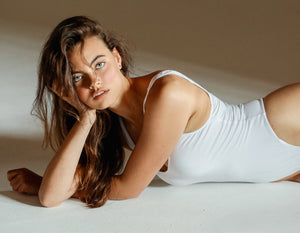How To Properly Wash Your Hair For Healthier Strands

Washing your hair may feel like second nature but there are a few tips and tricks that will help you get the best wash ever. Properly washing results in hair that stays cleaner, longer and looks healthier. Discover our best hair washing tips for a next-level wash moment.
First things first, let’s talk about frequency…
While it may seem counterintuitive, hair that is less-washed is healthier… and better looking! When you over wash your hair, you strip It of its natural oils, which can lead to breakage, dry ends, and an oily scalp. Your best wash frequency is dependent on your hair’s type, texture, lifestyle, products, etc; though most experts claim that 2 washes a week is sufficient. If you are dealing with dandruff or other conditions, the typical recommendations may not apply. To read more on hair wash frequency, click here.
Now let’s talk about water temperature…
We know there’s nothing like a long, hot, steamy shower, but your strands suffer in the heat! Exposure to super-high temperatures will lead your hair to look dry and lifeless, while also fading color faster. There’s no proven “perfect” hair temp, but warm is the way to go.
In addition to water temperature, filtration is a major factor in your hair’s health. Hard water contains minerals, like calcium and magnesium, that build up, making it difficult for moisture (products) to penetrate. As a result, hair becomes brittle and more susceptible to breakage. Instead of focusing on temperature, explore a top-notch water filter, like Jolie.
And finally, before we get to washing, let’s talk about hair wetness…
Before applying product, ask yourself: Is my hair wet enough? Could it be wetter?
While a once-over rinse might be enough moisture for some, thicker hair requires more time to really drench. Applying product when your hair isn’t fully wet risks the chance of the product not fully emulsifying and not properly rinsing out. Over time, this can lead to build up on your strands and your scalp, making your hair look oily.
Apply your shampoo in sections
Before you apply your shampoo start the lather in your hands by rubbing the product between your palms with a bit of water. Instead of globbing the shampoo on the crown of your head and hoping for the best, intentionally place the product around the head in sections so it is evenly applied. Add more water after you apply the shampoo to ensure thorough saturation. Your scalp is a sensitive artist, treat it with gentle, thoughtful care… after all, a happy scalp means healthy hair. While cleansing, use Buff Massaging Scalp Brush to help increase blood flow which stimulates follicles for better growth and will aid in getting shampoo all the way down to the scalp for a deeper clean. Plus, it feels incredible.
Apply conditioner from the mid-shaft to ends only
If you notice that your hair gets greasy and oily the day after washing, think about how you apply your conditioner. The rule of thumb with conditioner is to apply it only where it’s needed. Since new hair grows from the roots, it’s usually healthy hair that doesn’t need conditioning.
Conditioners are great for deep hydration, and can be more prone to clogging hair follicles, unless specifically formulated to be scalp friendly, like REVERIE Conditioner. Get in the habit of applying conditioner only from the mid-shaft to the ends, making sure particular attention is paid towards your ends (they are usually the most damaged).
Leave your conditioner on for long enough & “squish” it through your hair
If you’re going to take the time to apply conditioner, you should make sure you’re giving it enough time to work its magic and that every strand of hair is being fully coated. When using our conditioner, we recommend leaving it on for at least one to three minutes (basically how long it takes you to wash your body). And when it comes to applying, too often we see people making the mistake of simply placing it on their hair. You should really “squish” or “scrunch” the conditioner in so every strand gets nourished.
Make sure everything is fully rinsed out
Your goal should never be to save time by rushing the rinsing process. This step is particularly important because failing to fully rinse out cleansers and conditioners will leave you with build-up, which can lead to scalp irritation and limp hair. Over time, this can lead to build up on your strands and your scalp, making your hair look oily. Thicker products are more prone to sticking to your hair and scalp, requiring more time to make sure they’ll leave zero residue. Treat your hair to one extra rinse-through of that glorious lukewarm water before ending your precious hair wash ritual.
Like most things, a strong foundation and consistency are key to your best hair days. Take these tips into consideration and go forth with your strong, healthy hair!
